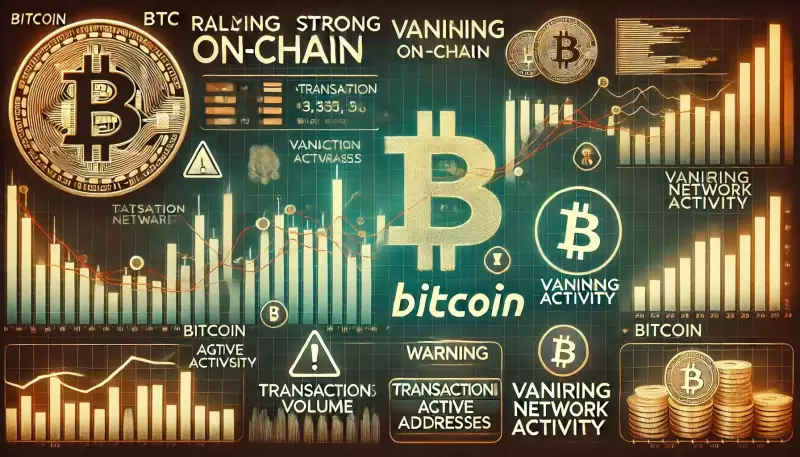 |
|
 |
|
 |
|
 |
|
 |
|
 |
|
 |
|
 |
|
 |
|
 |
|
 |
|
 |
|
 |
|
 |
|
 |
|
Cryptocurrency News Articles
Bittensor: The Cutting Edge of Decentralized AI Infrastructure
Apr 10, 2025 at 01:10 am
As artificial intelligence becomes increasingly central to the global digital economy, decentralized alternatives are beginning to challenge the dominance of corporate-led AI development.

Samuel Altman, CEO of privately owned artificial intelligence company, OpenAI (Photo by Win McNamee)
As artificial intelligence becomes increasingly central to the global digital economy, decentralized alternatives are beginning to challenge the dominance of corporate-led AI development.
Among the most promising is Bittensor, a blockchain-based machine learning network that allows anyone to contribute to and profit from AI innovation.
As reported by Coinbase, the network offers an estimated annual reward rate of 17.52%, making it a cutting-edge technological platform and an attractive economic opportunity.
Blockchain-Powered Peer-to-Peer AI Network
Bittensor functions as both a blockchain and a peer-to-peer AI platform, enabling the creation, evaluation, and monetization of digital commodities such as AI inference, training, and storage.
A core innovation of Bittensor is its subnet architecture. Modular, independent communities within the network that focus on specific digital commodities.
Will Trump Negotiate Tariffs? President Touts Talks With Other Countries—But Unclear How Long They’ll Take
Billionaires Speak Out On Trump Tariffs: Jamie Dimon Says Recession ‘Likely’ As Elon Musk And Others Slam Tariffs As ‘Mistake’
Google Confirms Gmail Update Choice—3 Billion Users Must Now Decide
Subnets Power Bittensor’s AI Economy with Flexible TAO Incentives
Each subnet operates autonomously, establishing its unique incentive structures and performance benchmarks. Contributors, known as miners, compete to solve AI-related tasks ranging from translation to large language model inference. Their outputs are evaluated by validators, who rank the quality of each submission.
Seth Bloomberg, an investment partner at Crucible Labs, told Forbes, “Crucible acts as a validator—not a subnet—unlike inference-focused subnets such as Manifold or Chutes.”
While subnets ensure data accuracy and model performance, Bloomberg emphasized that harmful or illicit content must be moderated at the application layer.
He also noted that there is “no inherent advantage to being an early subnet,” especially following the Dynamic TAO upgrade, which allows the open market to determine the value of each subnet.
Previously, all rewards were distributed exclusively in TAO tokens. With the introduction of Dynamic TAO, each subnet now has its unique token, which miners receive as a reward.
Bloomberg says that today, Bittensor hosts over 80 subnets, from experimental projects refining their incentive mechanisms to mature systems actively generating revenue and serving end users.
Rewards Are Based On Useful AI Work, Not Hash Power
This model redefines what it means to “mine” in the blockchain context.
Rather than validating blocks through cryptographic puzzles as seen in Bitcoin, miners in Bittensor produce tangible, valuable digital work.
The economic incentives are substantial. With TAO emitted daily, participants, which include miners, validators, and subnet creators, can earn real income based on their contributions.
Participation is merit-based.
Underperformers may be de-registered and required to re-enter the system. This ensures that performance, not capital or central authority, dictates success.
According to Bittensor’s whitepaper, the system includes strong safeguards against collusion and manipulation. Rewards are distributed based on consensus-based rankings. This rewards only peers whose evaluations align with the broader network.
Decentralized Alternative to Big AI
As decentralized AI gains momentum, Bittensor stands out for its transparency, openness, and potential to democratize access to machine learning.
In contrast to centralized platforms like OpenAI or Google, where access is gated, and development occurs behind closed doors, Bittensor enables global collaboration through an open-source protocol.
With growing concerns about centralized AI’s ethical and regulatory pitfalls, ranging from data privacy to monopolistic control, Bittensor’s model offers a compelling alternative.
As the protocol continues to evolve, it promises to scale intelligence in a decentralized manner and ensures that the ownership and benefits of AI remain in the hands of the many, not the few.
Disclaimer:info@kdj.com
The information provided is not trading advice. kdj.com does not assume any responsibility for any investments made based on the information provided in this article. Cryptocurrencies are highly volatile and it is highly recommended that you invest with caution after thorough research!
If you believe that the content used on this website infringes your copyright, please contact us immediately (info@kdj.com) and we will delete it promptly.
-

- Bitcoin (BTC) Reclaims $90K00, Fueling Renewed Optimism
- Apr 26, 2025 at 10:55 am
- Bitcoin has reclaimed the $90,000 mark, fueling renewed optimism across the crypto market. With sentiment shifting and bullish calls returning, many investors are once again eyeing a move toward six figures. However, not everything is as it seems beneath the surface.
-

-

- Oregon regulators ramp up legal pressure on Coinbase, alleging the platform enabled illegal trading of unregistered securities.
- Apr 26, 2025 at 10:50 am
- The case's sweeping scope caught the attention of industry insiders, with Paradigm's Justin Slaughter, former SEC and CFTC adviser, emphasizing its regulatory significance.
-

-

-

-

-

-




























































